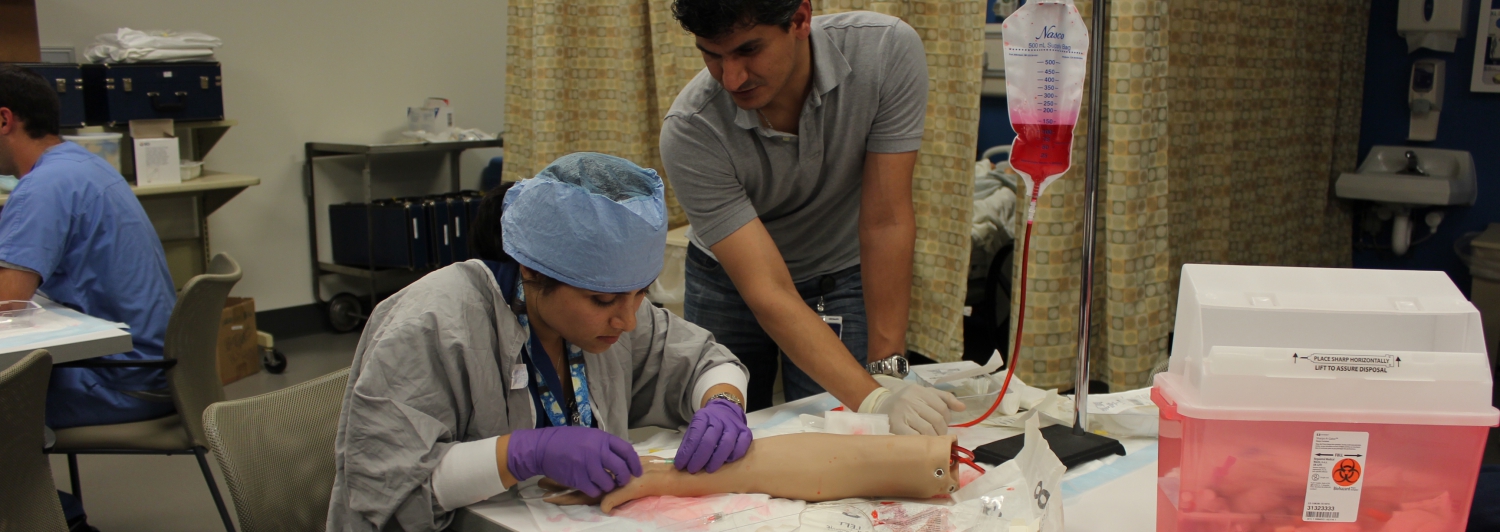
Clinical Training
The Department of Anesthesiology and Perioperative Medicine offers an integrated 4-year anesthesia residency program.
Clinical Base Year
The first nine months of the first postgraduate year (PGY1) are devoted to clinical primary patient care training. Our residents start rotating in general operating rooms as early as April; providing a smooth transition to becoming a CA1 resident.
CA1 Year
After a seamless transition to the first year of clinical anesthesia training (CA1), residents are paired with senior residents and a faculty member. The first two weeks of training use the "onboarding curriculum" - a training focusing on simulation and hands-on training scenarios with a dedicated didactics session.
The remainder of the CA1 year focuses on general anesthesia, and some residents are introduced to subspecialty rotations.
CA2/CA3 Years
Residents work in subspecialty rotations for the most part. These rotations include: cardiothoracic, obstetric, and neuro anesthesia; acute and chronic pain; critical care; preoperative clinic; and the post anesthesia care unit. Anesthesiologists direct the surgical and cardiac ICUs.
CA3 residents spend a month in Perioperative management rotation. Here residents learn to staff operating rooms efficiently and provide services for Level 1 and out-of-OR codes. During this rotation residents provide anesthesia more independently for a better transition to independent practice.